West Africa’s indigenous superfood is coming back from obscurity and making an appearance on the world stage.
NDEBOU, Senegal—
It’s around lunchtime outside the village of Ndebou in Kedougou, the southeastern-most region of Senegal. In the middle of her field, Ansel Keita peers into a clay pot where a tiny, off-white grain is expanding by the minute. Under the shade of a nearby tree her sons rest, having spent the morning harvesting peanuts.
“Fonio is worth more money than maize or peanuts,” says Keita as she stirs the pot. “This afternoon I’m going to bring my fonio to the machine in Bandafassi to be pounded. Then I’ll sell it in the city.”
As we dig into a lunch of fonio with peanut sauce, she says, “I want to build a house with a tin roof and multiple rooms, I want more money for food, and, God willing, I want to save a little money for next year.”
Fonio (or acha, as it’s known in Nigeria) is a small grain, similar looking to couscous, but with a more substantial, nuttier flavor. It is native to the Sahel, the scrubland that sits between the Sahara Desert and the forests of West and Central Africa, and stretches from Senegal to Sudan. Not long ago, fonio was considered an “orphan crop” due to its neglect by agronomists and other experts. But today, this is changing, and the effects are being felt in rural communities like Ndebou.
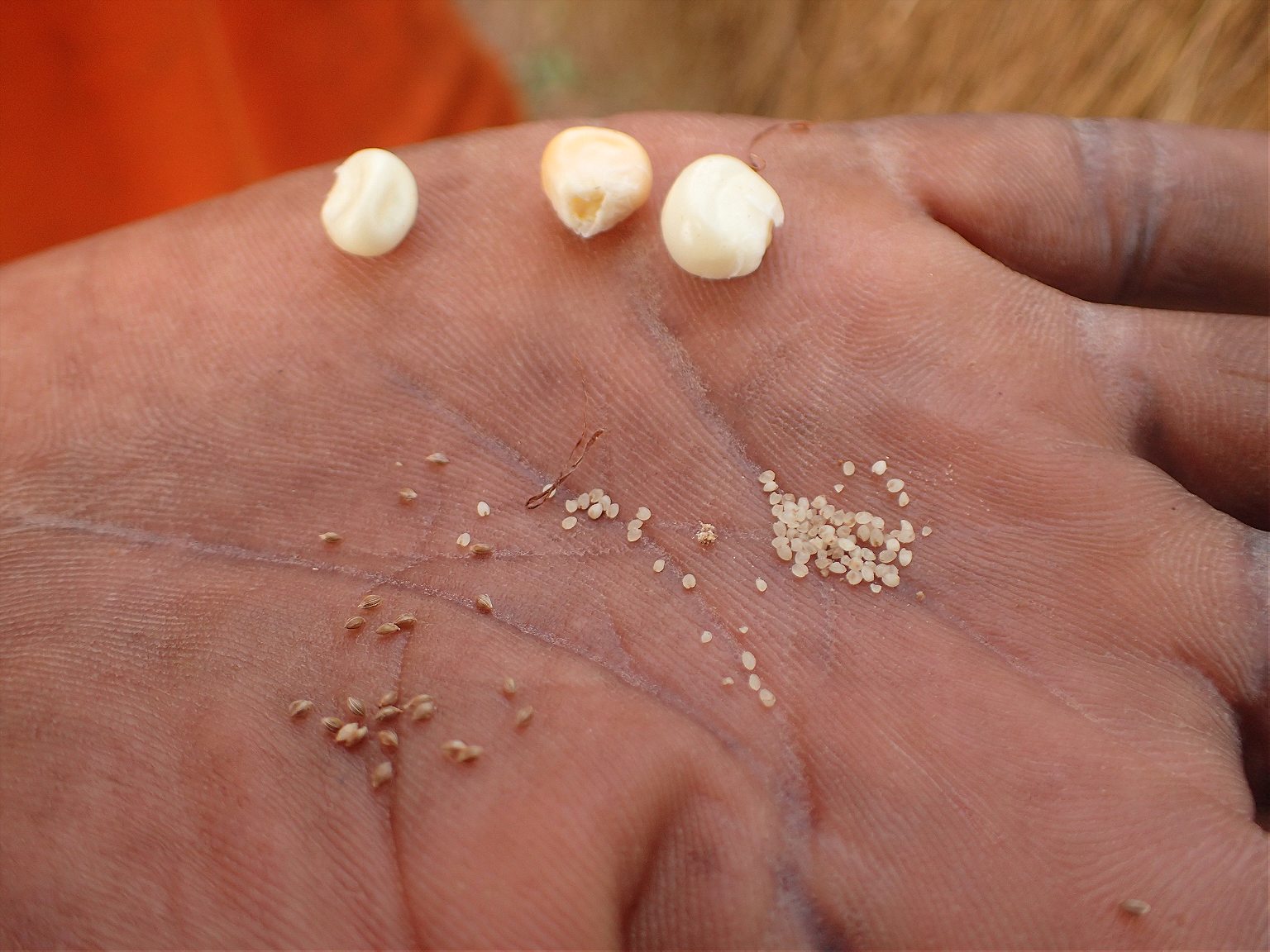
Fonio is in the same class of super foods as quinoa, teff, and chia seeds. The grain is gluten free and rich in number of amino acids, which are often absent in other major cereals. It’s easily digestible, and some varieties are rich in protein. Fonio also has a low glycemic index, making it ideal for diabetics.
These nutrition benefits, attractive to Whole Foods patrons the world over, are lifesaving in the Sahel, where malnutrition continues to stalk vulnerable populations. Keita and her family say that fonio’s health benefits are just one part of the crop’s appeal.
“Fonio doesn’t need a wet field or fertile soil,” says Alex, Keita’s son. “It likes this,” he says, pointing to the gravel underfoot. Fonio doesn’t require fertilizer, either, so farmers don’t have to spend money on inputs or risk depleting their soil.
In the past few decades, as Sahelian farmers have seen the rains become more erratic and unpredictable, fonio’s drought tolerance is an increasingly valuable trait. “When I was a child, it rained steadily for five months out of 12. Now we don’t even get four good months,” complains Keita. “We grow fonio because even if the rains are weak, we will still get a harvest.”

But perhaps fonio’s greatest advantage is the speed with which it matures: between six to eight weeks for the fastest variety. In the Sahel, fonio serves as food insurance during the “hunger season,” the time of year when last year’s harvest has run out but this year’s harvest has yet to come in. Fonio is the lifesaving bridge because it is ready for harvest a month before other crops.
Keita looks up from the clay pot and gestures at the fonio cooking away. “You see the importance of fonio!” she says. “We’re already eating it!” Meanwhile, her sons are just starting to harvest the maize and peanuts.
With all these advantages, it seems fair to ask: Why isn’t fonio a staple food in West Africa? And why hasn’t it found its way to American supermarkets? Fonio may be easy and quick to grow, but until recently, processing it has been laborious and time consuming.
Fonio was ignored due to its obscurity outside West Africa.
When small-scale technologies that helped people process maize, rice, millet and peanuts came to West Africa in the 1960s and 1970s, fonio was ignored due to its obscurity outside West Africa. Production of the grain hit rock bottom in the late 1970s and stayed there for a decade. Then, according to data from the Food and Agricultural Organization, fonio production tripled between 1990 and 2014.
Fonio’s revival was largely thanks to a new generation of African and European inventors, entrepreneurs, agronomists, and farmers whose collaboration brought fonio processing into the 21st century. The biggest innovations thus far have come from a series of projects by the French agricultural research center, CIRAD, and the national agricultural research institutes of Senegal, Mali, Guinea, and Burkina Faso. Together they have mechanized nearly every step and significantly reduced the labor and time required to process fonio.
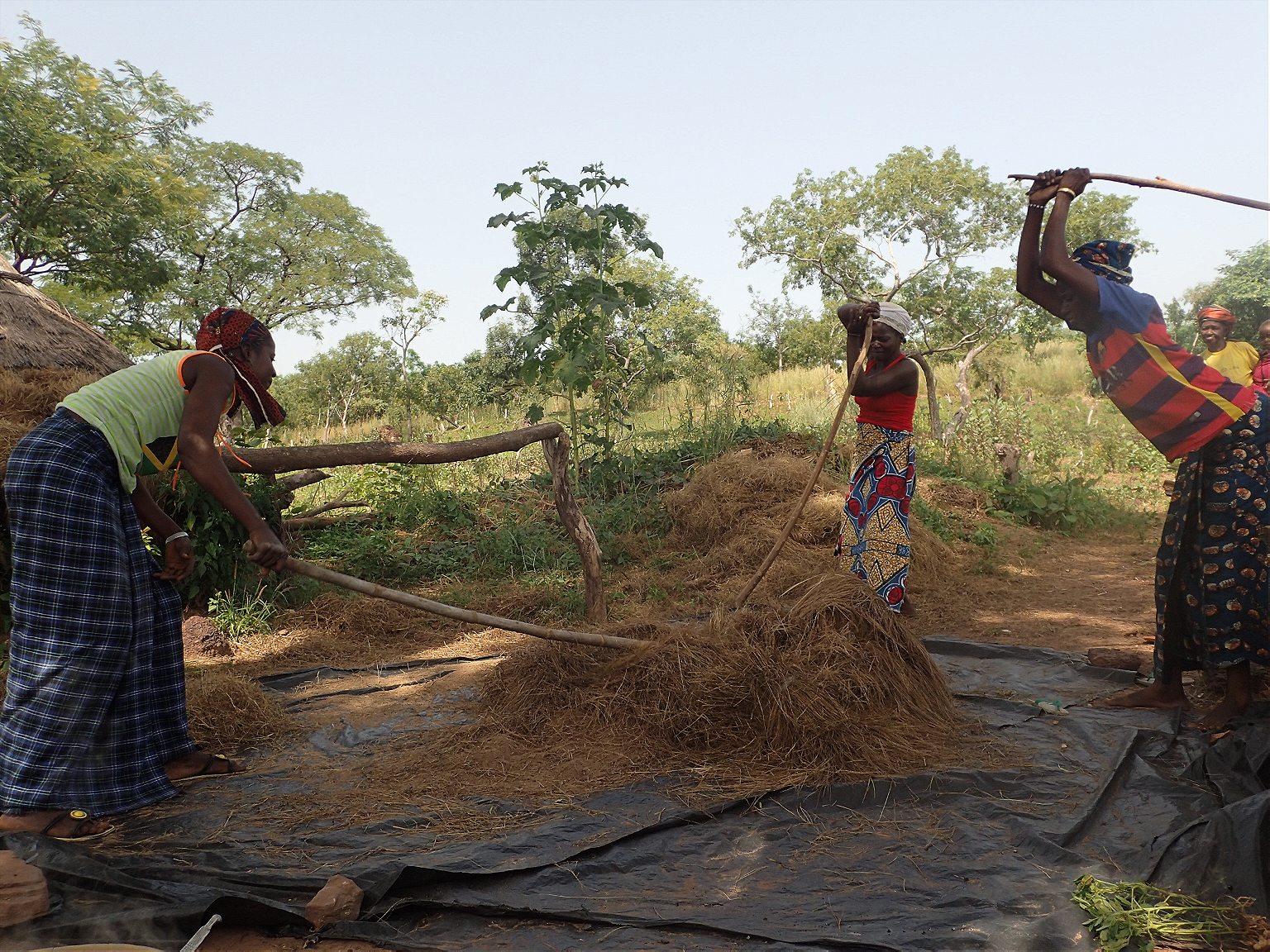
After harvesting, the tiny fonio paddy—as the grain still trapped in its inedible brown hull is called—must be separated from the stalk on which it grew. Threshing has traditionally been done by beating dried bunches of fonio with large sticks over tarps. To accomplish the same task, technicians in Mali and Burkina Faso adapted rice threshers to be used for fonio. The results are promising: Adapted threshers process between 550 and 750 pounds in an hour, compared with roughly 15–20 pounds per hour using the traditional method.
The next step is to remove foreign objects from the fonio paddy. To remove lighter pollutants such as straw, people traditionally toss fonio in the air and let the wind catch what it may. For heavier particulates like sand, women gently swish the fonio paddy with water in a calabash bowl. Sandy fonio is a common complaint of regional buyers. To improve quality and speed up the process, the researchers modified and invented four machines that take in contaminated fonio and clean it using either water or air.
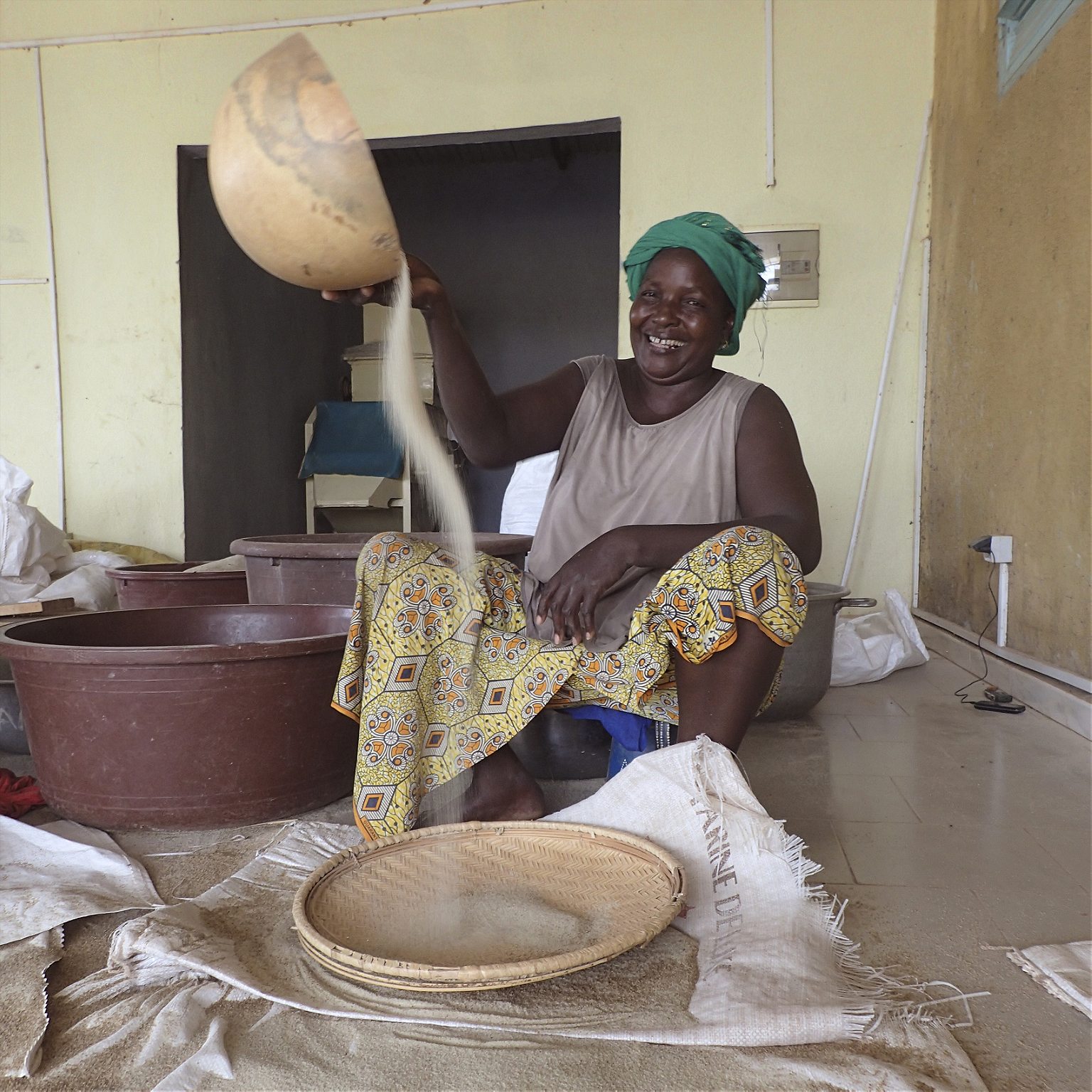

There are a few stages during the process in which fonio must be washed and dried. Customarily it is dried under the sun, but this also exposes the fonio to the elements. To address this, researches came up with a solar dryer—essentially a large greenhouse. In one day, the solar dryer can dry between 650 and 700 pounds of fonio without exposing it to impurities.
Once the paddy is clean and dry, the hull must be cracked off and removed. Traditionally, women have done this by pounding with a wooden mortar and pestle. Throughout, they must winnow the fonio multiple times to sift out the broken hulls. The pounding is strenuous; in many communities, it remains the biggest barrier for farmers who want to make money from fonio.
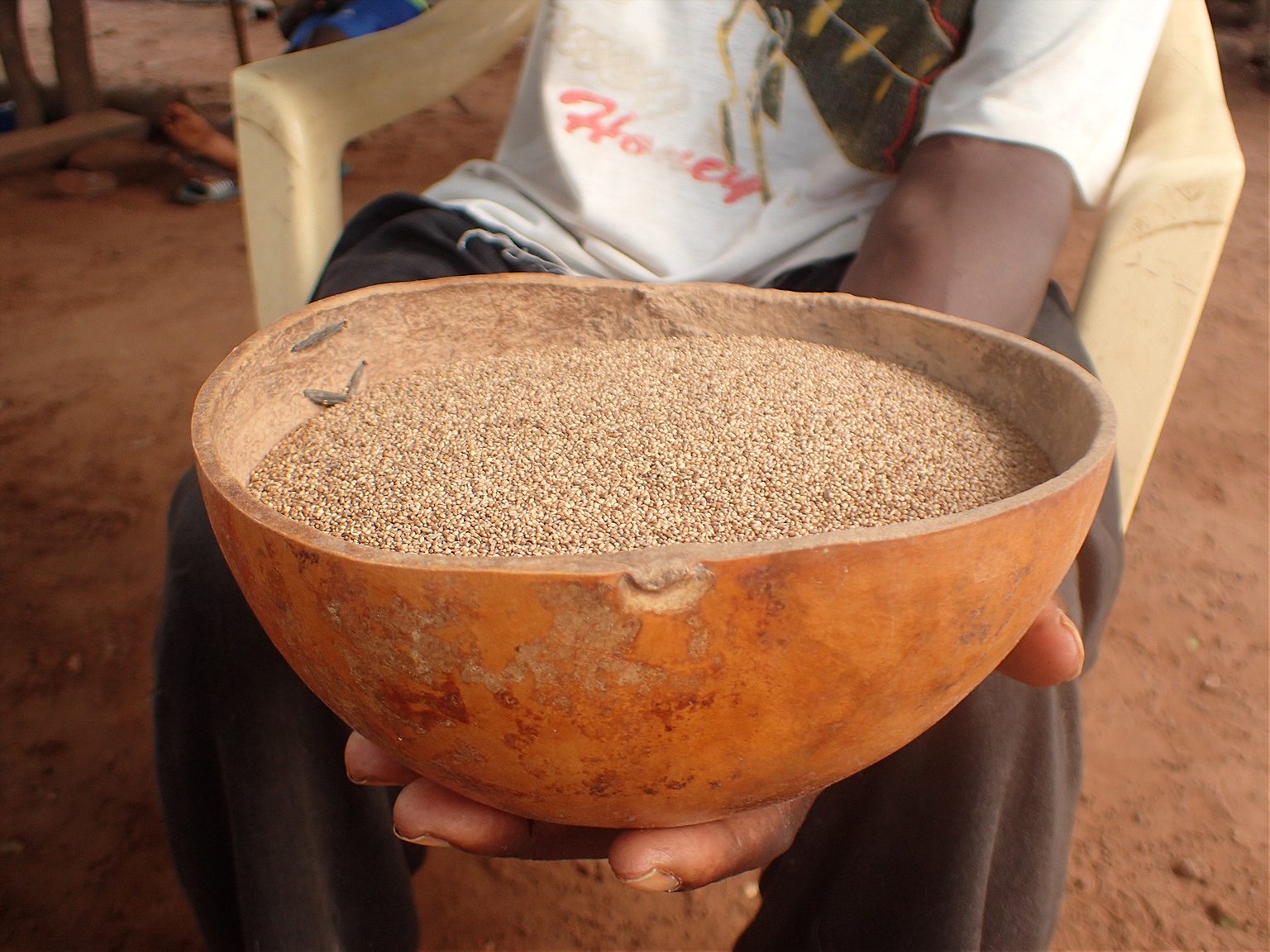
The first fonio de-huller was invented by a Senegalese engineer named Sanoussi Diakite. “I grew up eating fonio,” says Diakite. “I saw how much work pounding was for my mother and the other women in the house. This motivated me to make the de-huller. I wanted to help lighten the workload.”
Diakite was the pioneer, but a de-huller created by a French-West African collaborative team a few years later is now considered superior. In the same time it takes to de-hull roughly three pounds of fonio by hand, the GMBF (Guinea-Mali-Burkina-France) machine can de-hull around 200 pounds.
“There has been a strong revival of fonio production, no doubt thanks to the mechanization of processing,” says Jean-François Cruz at CIRAD.
Kedougou is the homeland of this revival in Senegal. “When we started using that machine, that’s when production grew,” says Cheikh Gueye, a Senegalese agronomist and fonio specialist. Gueye works at the Koba Club, the largest fonio producer in Senegal. The Koba Club works with farmers’ and women’s groups across the region, buying raw fonio, rice, and baobab seeds and processing them into products for consumption around the country.
Almost a decade ago, Koba Club helped facilitate the purchase of a de-huller for a women’s cooperative in the rural hamlet of Bandafassi. The women named their group Wakilaré, which in the Pulaar language means “perseverance.”
“Since we got that machine, we have persevered,” says Khassatou Diallo, the cooperative’s president. Wakilaré buys fonio directly from farmers, processes it in Bandafassi, sets aside a small portion for sale locally, then sends the rest to the Koba Club for quality control and national distribution.
This year, Wakilaré processed around 5 tons of fonio. While recordkeeping is still a challenge, Khassatou estimates as a group they made the equivalent of a $1,700 profit. “We use that money on our houses. If our kids get sick, we can buy medicine. When it’s time to pay school fees we can pay for that.”
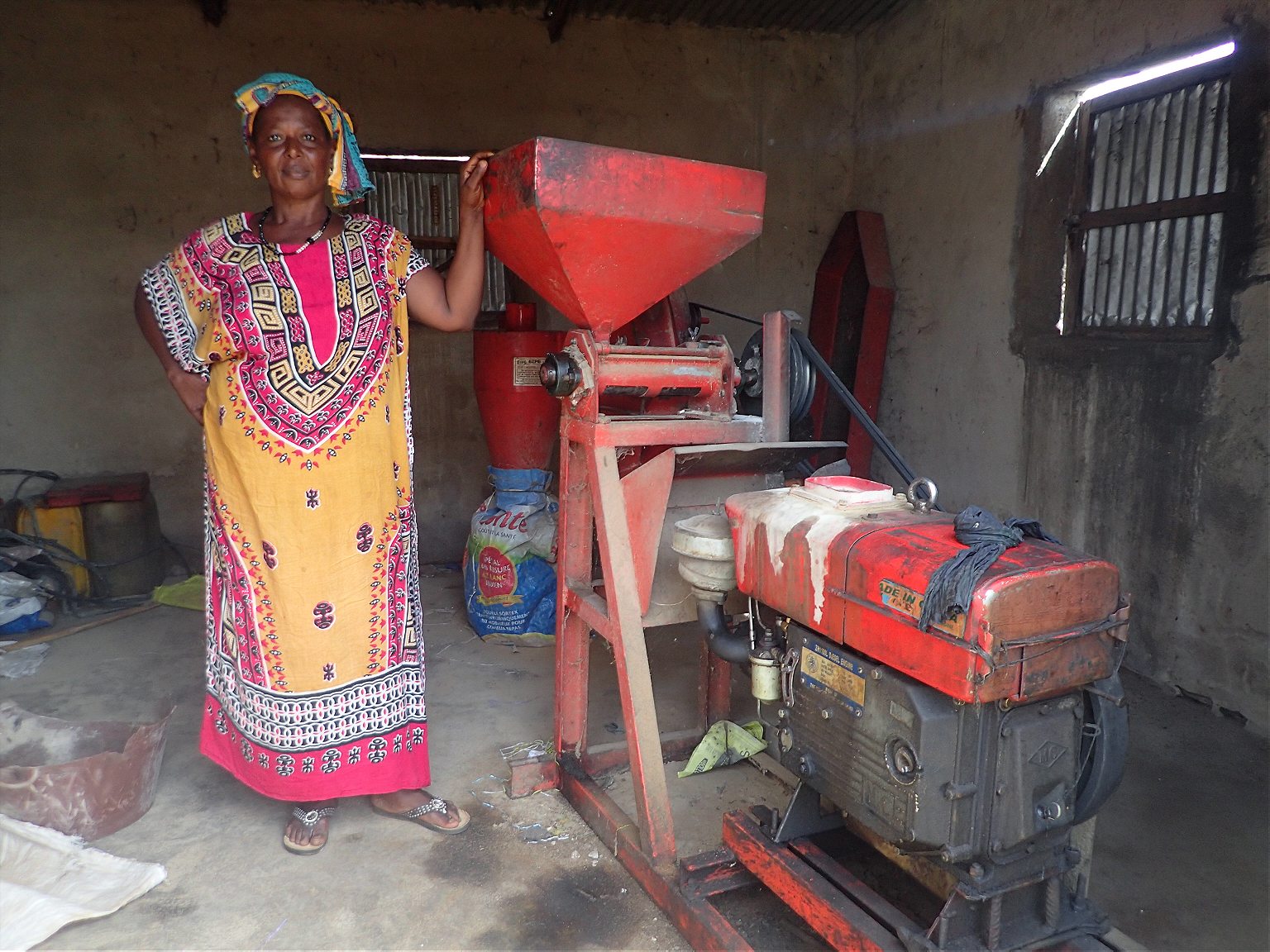
Khassatou shows off her newly painted house. Unlike many of her neighbors, she does not live in a thatched hut; her house is made of cement and tin. “It’s hotter in the hot season,” she admits, “but it also won’t burn down in a fire or leak when it rains.”
While the fonio revival is gaining traction in the Sahel, some are looking to bring this ancient grain to a global audience. New York City-based Senegalese chef Pierre Thiam has heightened the profile of West African cuisine in the United States. His new mission is to popularize fonio in the U.S. and help farmers across the Sahel.
Their plan is to build the world’s first large-scale fonio mill in Dakar.
With his business partner, Philip Teverow, Thiam founded Yolélé Foods, which buys fonio from West Africa to sell in the U.S. In the beginning, Yolélé thought it could buy fonio directly from farmers, but “after realizing that there’s no supply chain that could meet the needs of the U.S. market,” says Teverow, “we had to create our own.”
Their plan is to build the world’s first large-scale fonio mill in Dakar. Producers from all over West Africa could send their fonio to be processed and packaged for sale throughout West Africa, Europe, and the U.S.
Yolélé hopes that the mill will help connect rural farmers with the growing global demand. On a national level, they expect large-scale processing will reduce the price of fonio, making it affordable and more widespread among Senegalese consumers. Local processors like Koba Club would have access to the larger market but also keep their local distribution networks.
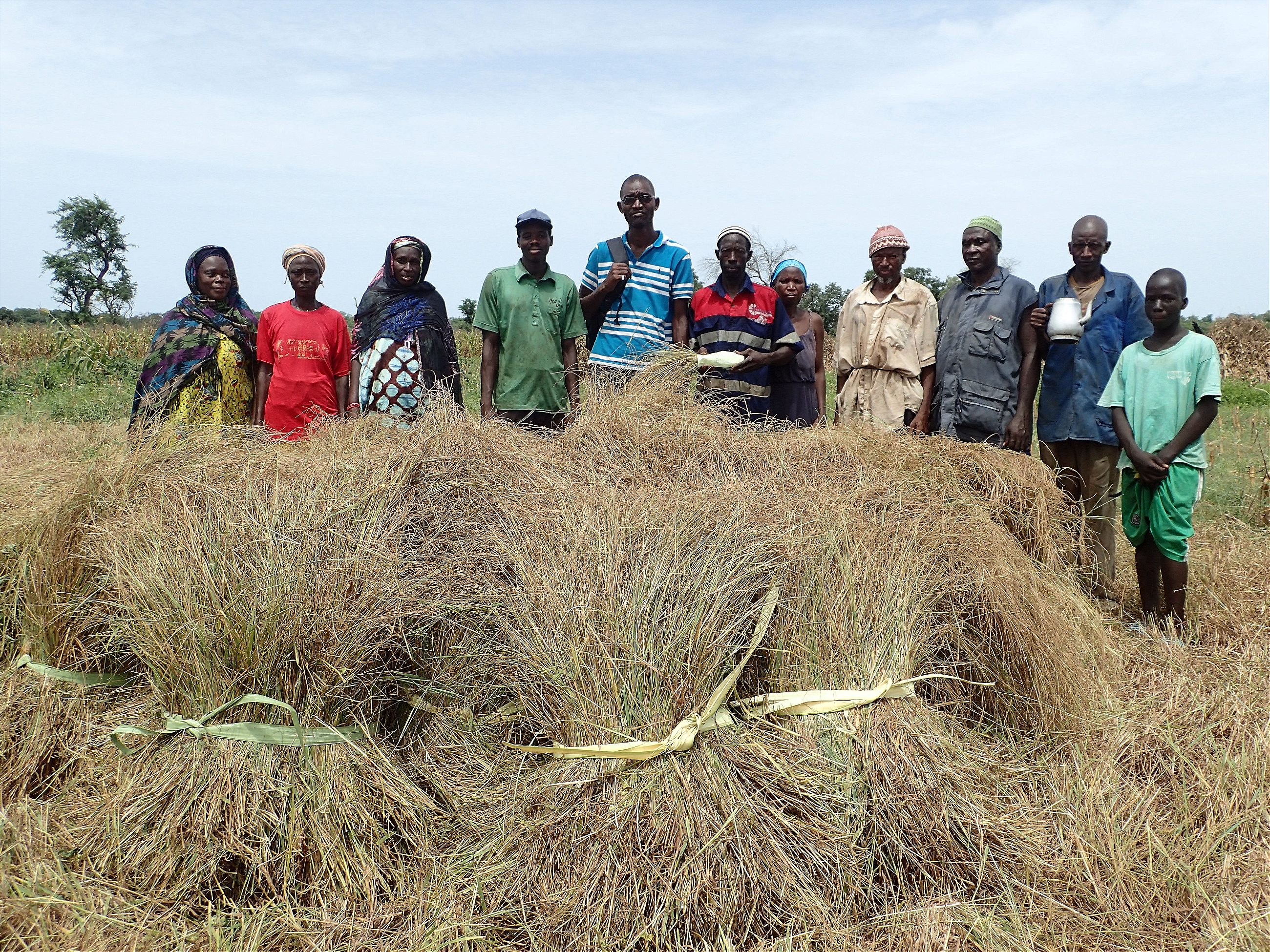
Hurdles remain. While processing has undergone significant evolution, people are still growing fonio the same way they did 200 years ago. Yolélé is working with SOS Sahel, a French nongovernmental organization, to address this issue. Researchers from the group will be applying modern seed selection techniques to breed for strains with increased productivity and nutrition. They are also experimenting with plant spacing and harvesting techniques.
Cheikh Gueye is very optimistic about the future of fonio. This year he served as a consultant for the American NGO La Korsa, which funds projects in Senegal, during their campaign to re-introduce fonio to villages around Tambacounda, a region where fonio hasn’t been grown for a generation.
Itama Grinyindin learned to grow fonio as a boy in Kedougou, but since moving to Koar Projet, a small village of 1,700 people outside Tambacounda, he hasn’t seen anyone growing it. When La Korsa came to Koar Projet earlier this year and asked who knew how to grow fonio, he raised his hand. This season, he helped teach nine others in the village how to grow fonio on their communal plot. His sights are already set on 2018:
“Next year, God willing, I will grow more fonio. I’m saving the seeds from this year’s harvest, and next year I want to grow twice as much.”
